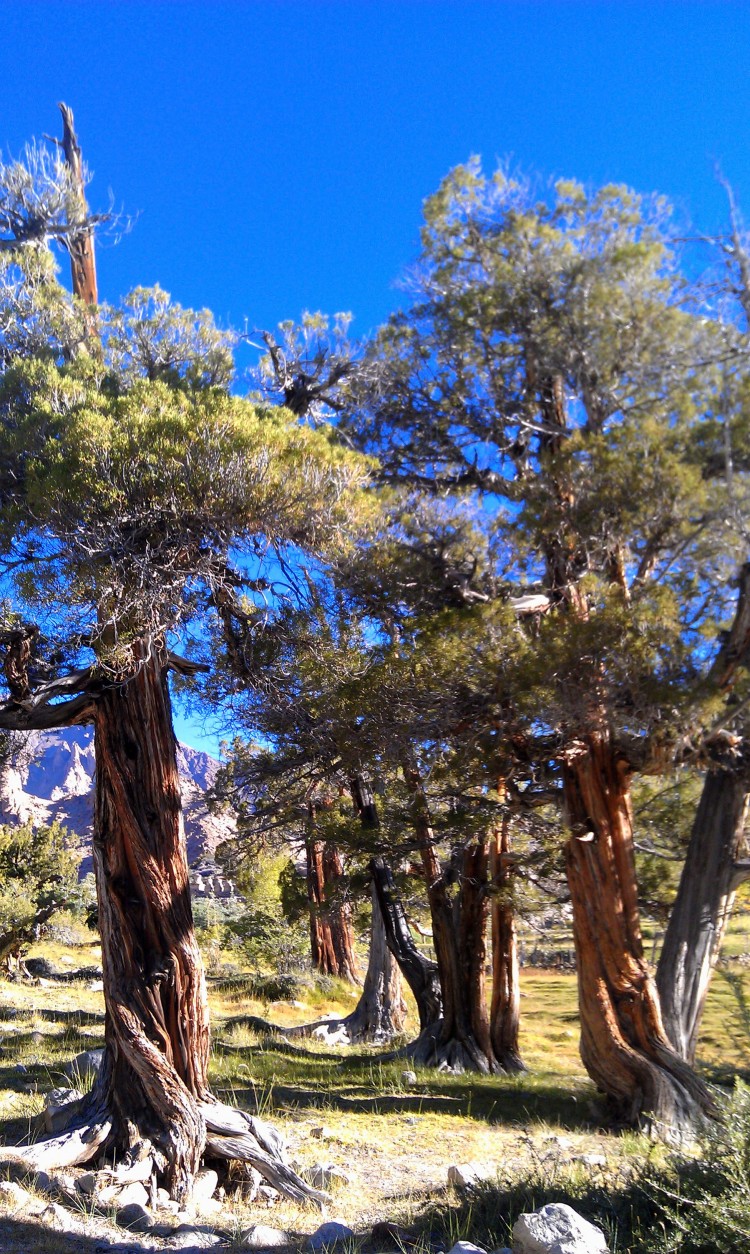By Elita Almeida
The air was crisp and clean. Even at an altitude of 14000 feet above sea level with reduced oxygen levels, I could bet my lungs were happier than they would ever be in my urban smog-ridden existence back home. I was happy here. This felt like home too. May be it was, from another time in another life.
His eyes shone like the full moon in a salt desert. And as he held our gaze he said, “There’s a reason why we’ve met. You and I. There’s a reason why I had the honour of welcoming you into my home. You could have stayed the night with any other family in this village; but it happened to be mine…”
His words met a lump in my throat. They were certainly having an effect. I averted my gaze and met another’s; we’d both felt it. Somewhere prayer-flags were fluttering in the air.
So who was this man?
“I prefer walking. That way we take in the landscape in a more intimate and connected way. In a manner which we couldn’t while whizzing past it in a car”, said Vinod our group facilitator. That’s how a trek starting from Likir via Yangthang to Hemishukpachen was integrated into our experience of Ladakh. And that’s how I met Mr. Namgyal and his wife as one of our homestay hosts in Hemishukpachen, a village about 70 km from Leh.
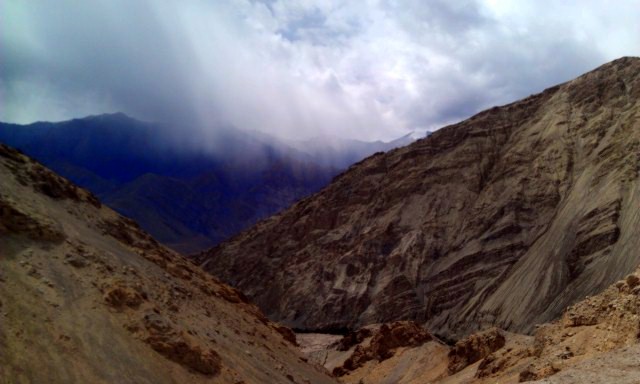

This was my second time in Ladakh but a first with a group of travellers – and rather coincidentally, solo travellers. We were a group of 11 who were received very warmly by Namgyalji and his wife – literally and figuratively as this included a hot bowl of soup just moments after we’d entered their humble abode. We’d trekked for about 20 kilometers that day alone and were famished – but not so famished that a soupy meal of Maggi couldn’t fix! Their home was a quaint weathered 2-storeyed structure that told a story of simplicity unmarred by the lures of present day’s advancement and of harsh winters endured from the yesterday’s gone by.
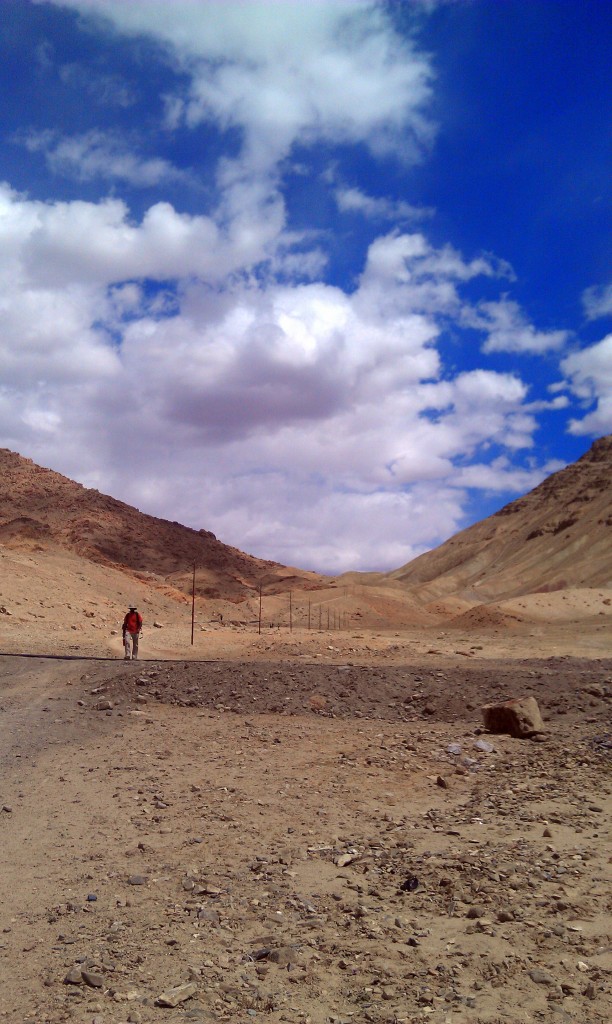
Community Living
The next morning Namgyalji took us around the village and explained the concept of community farming. “We cultivate over the same land in rotation by alternating between plots that nearer to a source of water supply and those that are not. So during some periods my family has to toil more to bring water to the plot that we are cultivating, and during the next cycle of cultivation, another family will do the same”, he said. “Families here have been doing this for generations. I remember my father and my grandfather following these practices.”
A remote village in distant Ladakh had so much to teach us about living in harmony!
He further deepened our understanding of the Ladakhi culture, “A person is considered rich if they have enough produce from their farm to last them nine years, and middle-class if they have enough to last them six years… the poor have enough to help them survive three years!” He clarified that this meant that the family had enough without having to move a muscle for a given number of years!
I was left with the question: Could you and I with our educational qualifications and ‘jobs’ ever dare to claim to have enough – let alone for how long the duration?
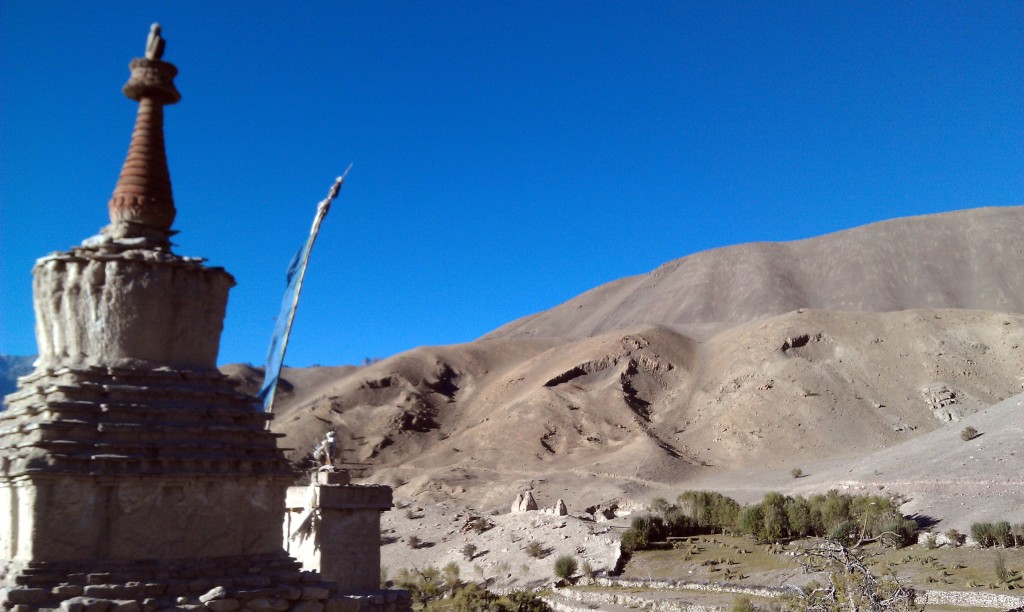
The Sacred Groves
Later Namgyalji took us to the sacred grove of junipers that were on the outskirts of the village. Amongst it there was a 2500 year old juniper tree that is revered as the mother goddess. Sacred groves are synonymous with nature worship and traditions. We were asked not to pluck or take anything outside the sacred grove with us, not even leaves that had fallen to the ground. This grove is protected and maintained by the local community and forest department. I later read up on scared groves and learnt that there weren’t too many juniper trees in Ladakh – so a grove of junipers at Hemishukpachen was indeed magical. At the sacred grove, stillness spoke many a volume.
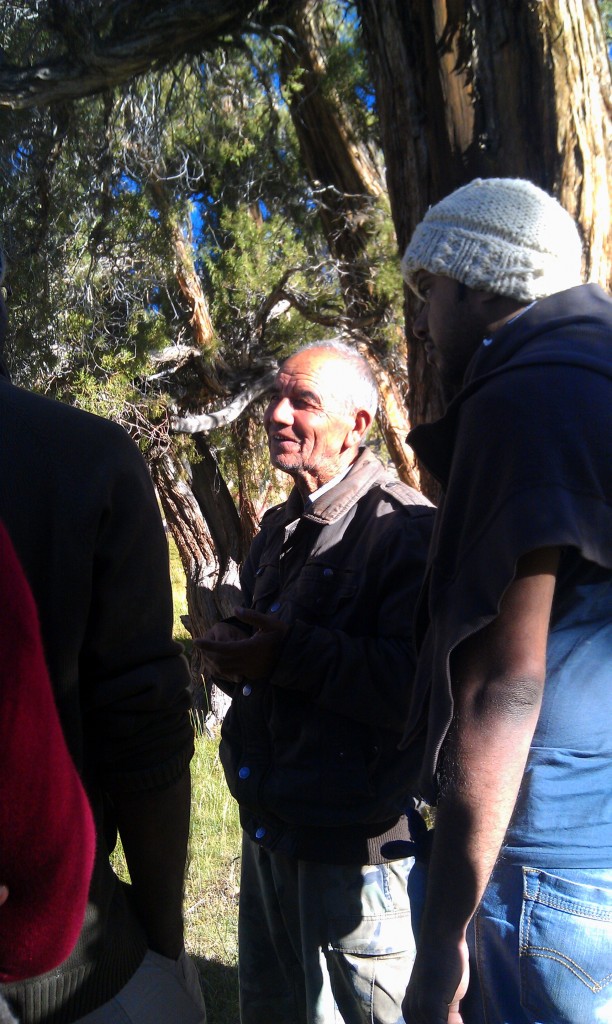
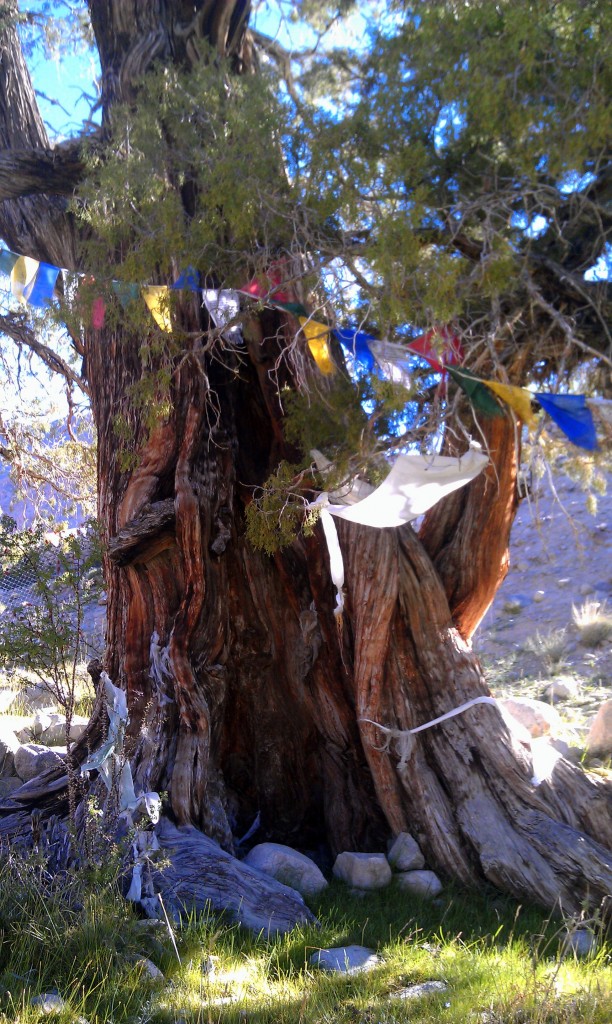
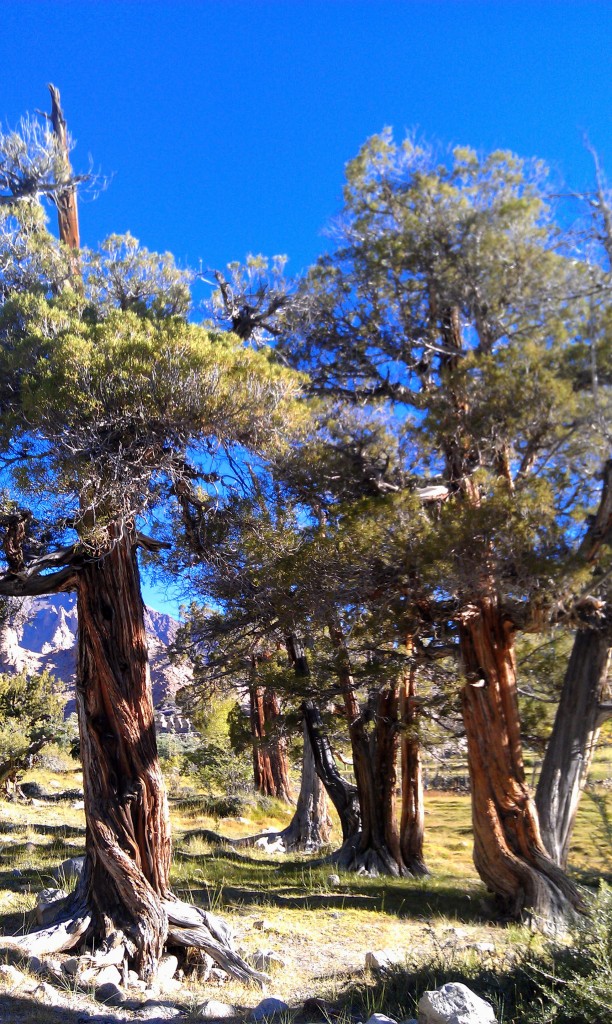
As I reflected back at my time thus far in Ladakh I realised that it was this same stillness that was my staff as we’d trekked, but not before I’d stumbled over my own feet. The trick I gradually learnt was in synchronising the rhythm of my breath with the rhythm of my step. There was something comforting, calm and quiet about Ladakh – the barren hills, simple pastures, the flowing rivulets, the breeze…like some strange magic – the kind that reassures and doesn’t alarm or disturb
The ‘Little Tibet of India’, I realised, definitely had a lot to teach me on the Ladakhi ways of reasoning than I’d seemed to have come prepared for!
—————–
About the author: Elita is Nondescript. Nonchalant. Observer. Witty. Sarcastic. Skinny. Nomadic Thunker. Square Peg. Sporadic Blogger. Solo Traveller. Blogs at nomadicthunker.blogspot.in; skinnygenus.blogspot.com. Tweets @NomadicThunker.
